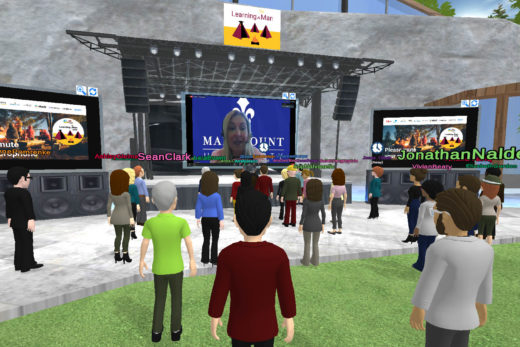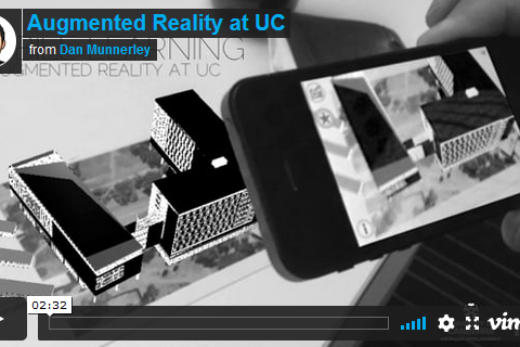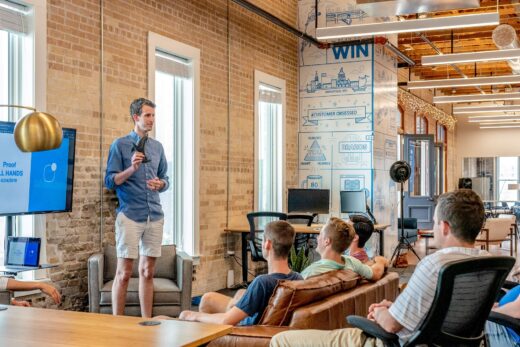
The hothouse is funded annually from the Office of the Vice-Chancellors Strategic Initiative Fund and is a component of the wider teaching & learning commons. The concept incorporates leadership, ideas exchange, project incubation, training, support, and the resourcing of common and flexible spaces to focus activity.
Aims of the hothouse
- To establish a sustainable network of innovative leaders who develop blended educational projects and evaluate best practices.
- To extend the capacity of the TLC faculty partnership program, (FEDD) to further support faculty in adopting blended learning in the winter term and beyond.
- To build upon the recommendations made in the ‘Report on Online and Blended Learning’. In particular, to guide the university towards achieving the ‘Mode 2’ target of 85% adoption of blended pedagogy by 2012.
- To establish the concept of a teaching commons and build a community of practice around blended learning.
- To recognize the expertise of our teaching staff and provide an opportunity for them to develop skills and network with other innovators and entrepreneurs.
All great days start with a good breakfast!
Innovative Teaching and Learning Leaders (ITaLLs) begin the hothouse process with a group breakfast.





ITaLLs provide the opportunity for faculty to contribute their expertise whilst developing their own teaching methodologies. The success of the activity that takes place in the hothouse depends on the innovation of the leaders and their ability to disseminate best practices and build the capacity of those around them. This requires a blend of skills including leadership, innovation, and educational development.
The teaching commons
The concept of a teaching commons lies at the heart of the hothouse programs and as such influences the types of work, interactions and communications that take place.



The hothouse has a physical location where participants focus their attention on projects and interact with each other, fostering a culture of inter-disciplinary development. The environment is flexible to encourage use in a variety of modes and technology-enabled to provide a transparent layer of support as and when required.



Typical examples of hothouse projects
- Developing teaching models based on good practice
- Designing teaching activities
- Creating a preparatory checklist for sessions
- Developing syllabus concepts and content
- Improving interaction and communication between teachers and learners
- Aligning learning activities and assessment
- Evaluating a unit/course
The closing symposium
Completion of the hothouse program includes a project report, submission of materials into the teaching and learning website and participation in a symposium held publicly for all faculty and staff.




Feedback
Without the funding, support and a place to think and work I would not have been able to do it.
Interdisciplinary support led to the sharing of ideas and best practices.
The support from the hothouse enabled a more creative approach from my unit.
College of Applied Science
I think the hothouse is THE model for innovation.
Resources + Freedom = Innovation
The support from the hothouse enabled a more creative approach from my unit.
College of Business and Government
Evidence of success
The impact of the hothouse program was investigated through a variety of methods including student surveys and an annual report authored by an external reviewer for the DVC-Academic.
The Unit Satisfaction Survey (USS) was used by academic staff to improve and enhance the student learning experience from semester to semester. The results from the USS are very useful as they highlight the effect of specific approaches in units as opposed to the course level questionnaires which grouped the results from multiple units.
It was observed when comparing the units that were offered prior to the hothouse with those developed in the hothouse program, there were improvements across all units except for one. In the unit where no improvement was demonstrated the tutor had moved to a fully online model and could not put in place the training for online tutors in time for an unexpectedly large cohort (over 1000 students). The fully online model was later rolled back to a more blended model which offered the choice of f2f tutorial sessions. This became the standard approach for this unit and eventually resulted in both online and f2f tutorials being offered.
In addition to the USS, the university also participated in quality assurance measures through The University Experience Survey (UES) and the Course Experience Questionnaire (CEQ) both national surveys of undergraduate students undertaken on behalf of the Australian Government. Between 2009-14 there was a year-on-year improvement in overall teaching quality, learning resources, and the teaching scale for the University of Canberra. The impact of the hothouse program was identified in the DVC-Academic annual reports as playing a key role in raising the quality of teaching and learning for courses that had participated in the program.
The success of the hothouse studio lead to a permanent space being created for ‘hothousing’. This was included in the new Teaching and Learning Commons and retained many of the innovative features from the original space.



